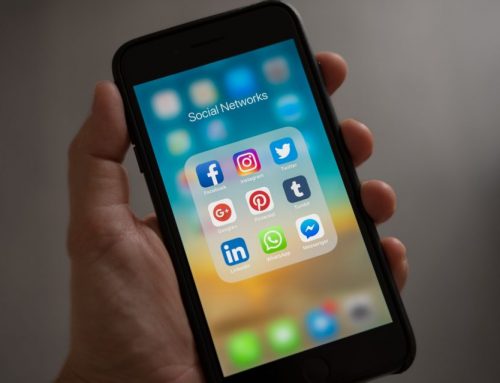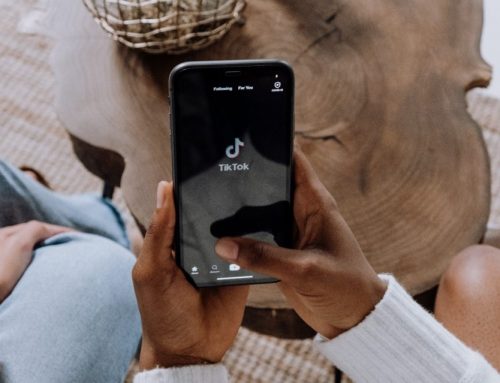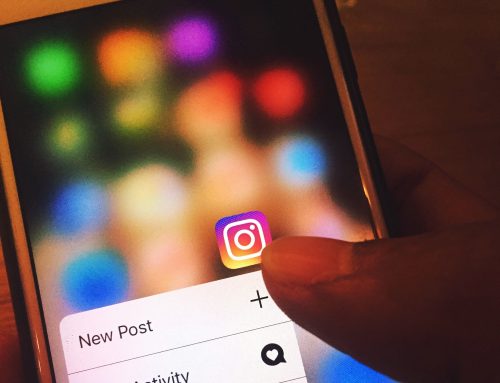It’s hard to believe that in these days of intense media competition (or, to put it another way, each platform’s desperate attempt to grab all the advertising dollars), there was ever a time when Social channels were best buddies and shared data with other leading sites, such as Google, but it’s true, and they did. They even gave out API access to automate data transfer speedily.
So, in the early days when these channels were emerging, accessing what was Hot and what was not became part of the algorithms, and commercial organisations like Google lapped up trend data to help decide what was becoming more relevant for their own users.
But it didn’t take long for things to change.
Wind forward to today, when all these “new” channels are attempting to steal advertising dollars from the King of advertising, Google, and it’s no surprise that they are anything but friendly to each other.
Back in the day, Google could have killed the social channels by simply encouraging web developers (by tweaking their search algorithms to downgrade any site or web page with social links embedded into them) to tell clients they were SEO unfriendly and needed to remove the social stuff. They did the opposite; they made having social signals a positive thing in the algorithms and spurred the growth of competitors they mostly hated.
Google sometimes claim 200 factors can influence a websites position in its algorithms – our analysis suggests closer to 140 of these are only meaningful in most cases, having a social presence is obviously part of that equation and still is. So we encourage all clients to make at least some effort to populate good content through these channels. In the main, that means focusing on the older channels rather than newer ones, such as TikTok, which can still be viewed as a media viewing channel rather than one designed for social interaction and feedback, but that will change.
Which channel matters the most will depend, of course, on who you are, what you do, where you are based, and where your audience is. The usage figures vary hugely by country—for example, at one point last year, Facebook was the leading social network in China and then dropped to almost nowhere, probably due to government intervention being first tightened and then relaxed.
Globally, Facebook is the most popular social channel (it has almost three times the regular users of TikTok) and globally attracts around two-thirds of social users – but note, whilst the decline has stabilised lately, this is down around 10% yearly.
Twitter—known now as X—is obviously an X Factor wannabe these days. From second position globally with around a sixth of the Facebook audience, it has shed around a quarter of its users this year. However, it has also stabilised at around 9% share and is, in fact, up a tad from a year ago.
The new hero globally is Instagram, which is now owned by Facebook, aka Meta, and has around 15% share. This has done rather well late in countries where content may be suppressed, such as the Eastern bloc.
There are then myriad other channels to consider around the world, and here at home, we tend to focus on Pinterest and LinkedIn. But which is most important to help grow your business?
This is the actual $64,000 question, as which channel is best for you will depend on the nature of your business, your desired audience and the behaviours you expect from them. In general terms,
Facebook represents an excellent opportunity for businesses to engage with consumers, but it’s less good if you anticipate a backlash from poor quality or customer service.
Pinterest is great if you have a very visual story, and Twitter sits somewhere in the middle, enabling both stories and brands to be built. Plus, interaction is lacking on channels like Pinterest, which is more of a push media like TikTok.
LinkedIn represents a varied opportunity, as you can, of course, build a profile for your business and also for your key staff. It isn’t the right channel to share outrageous personal beliefs or unusual hobbies, though, and it’s important to remember that when staff leave, their profile goes with them like a CV.
So how much social media should you use, and can you use too much?
This is the most straightforward question to answer. Unless your business or organisation actually attracts customers and earns money directly from social channels (rather than from elsewhere, such as e-commerce or a shop or trade stand), then undoubtedly, most businesses put too much effort into social channels and generally do too much of the wrong things.
Because of the now primarily broken close links between the social channels and search engines, there is no significant impact on businesses’ search engine prominence or positions due to social media factors. They influence it to a small degree, so it’s good to have a social presence on your website, but don’t think doing something social every day will see you rise Google anytime soon. Unless you invent the next great invention, it won’t.
Most businesses are also guilty of duplicating every story or piece of content shared socially through every channel they can find, with zero changes. They are committing the cardinal sin of forgetting that customers and prospects will typically engage with them through multiple channels, so they will keep seeing the same content and get quickly bored.
The right thing to do, then, is to do something, but not too much. Generally, one piece of unique content for each of the most relevant social channels that fit your business and desired customer profile is sufficient per week. Do more, and you are simply wasting time and money that could be spent more effectively elsewhere in your business.
- Looking for Speciality B2B SEO Services? - 20th February 2025
- How to Find the Best SEO Marketing Companies - 5th January 2025
- Does Browser Compatibility Still Matter? - 7th December 2024




